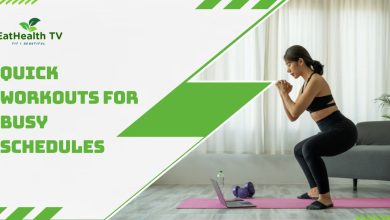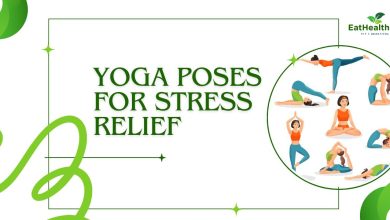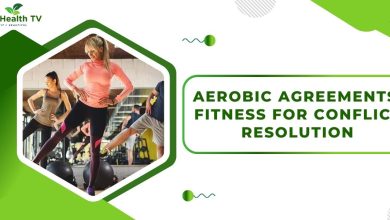Types of Breathing Exercises are Stress Relief
Effective Techniques to Reduce Stress and Enhance Lung Function Through Breathing Exercises
Exploring Effective Breathing Exercises for Stress Relief and Lung Health
In the fast-paced modern world, stress has become an almost ubiquitous part of our lives. Alongside this, maintaining lung health has gained increased importance, especially in the wake of respiratory challenges faced globally. Fortunately, there is a simple yet powerful tool that can address both these concerns: breathing exercises. This article delves into the various types of breathing exercises that offer stress relief and promote healthy lungs, highlighting their steps, benefits, and effects.

Types of Breathing Exercises
1. Diaphragmatic Breathing (Deep Breathing):
Steps: Find a quiet place to sit or lie down. Place one hand on your chest and the other on your abdomen. Inhale slowly through your nose, allowing your abdomen to rise and expand while keeping your chest relatively still. Exhale gently through pursed lips, feeling your abdomen fall. Repeat for a few minutes.
Uses: Effective for stress reduction, anxiety management, and enhancing oxygen exchange in the lungs.
Effects: Activates the diaphragm, promoting deep inhalation and complete exhalation. Enhances oxygen intake and CO2 expulsion, which aids in relaxation.
2. 4-7-8 Breathing (Relaxing Breath):
Steps: Sit up straight with your back supported. Close your eyes and exhale completely through your mouth. Inhale silently through your nose for a count of 4. Hold your breath for a count of 7. Exhale completely through your mouth for a count of 8. This completes one breath cycle. Repeat for 4 cycles initially.
Uses: Induces calmness, reduces stress, and assists in falling asleep faster.
Effects: Slows down the heart rate, promoting a relaxed state. Increases lung capacity and encourages a sense of tranquility.
3. Pursed Lip Breathing:
Steps: Sit comfortably and relax your shoulders. Inhale gently through your nose for a count of 2. Purse your lips as if you’re about to blow out candles and exhale slowly for a count of 4.
Uses: Beneficial for reducing shortness of breath, especially in individuals with lung conditions like asthma or COPD.
Effects: Creates back pressure, preventing airway collapse during exhalation. Improves oxygen exchange and helps maintain optimal oxygen levels.
Benefits of Breathing Exercises
1. Stress Relief: All the mentioned breathing exercises activate the parasympathetic nervous system, which counteracts the “fight or flight” response, leading to reduced stress and anxiety levels.
2. Lung Health: These exercises improve lung capacity, ensuring efficient oxygenation of the body. They also aid in clearing out stale air and toxins from the lungs.
3. Improved Focus: Proper breathing techniques enhance oxygen flow to the brain, sharpening cognitive abilities and boosting concentration.
4. Enhanced Resilience: Regular practice of breathing exercises can improve overall respiratory function, increasing the body’s ability to cope with physical and mental stressors.
5. Better Sleep: The relaxation induced by these exercises contributes to improved sleep quality and duration.
Incorporating breathing exercises into your daily routine can be a transformative step toward managing stress and maintaining optimal lung health. The presented exercises – diaphragmatic breathing, 4-7-8 breathing, and pursed lip breathing – each offer unique benefits that can be harnessed depending on your needs. Consistent practice, even for just a few minutes a day, can yield remarkable results in promoting relaxation, enhancing lung capacity, and fostering overall well-being. Remember, the power to breathe better and live better is right at your fingertips.




